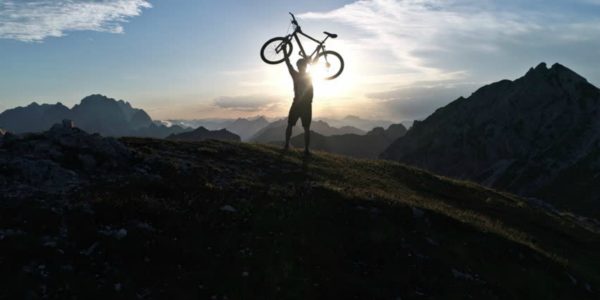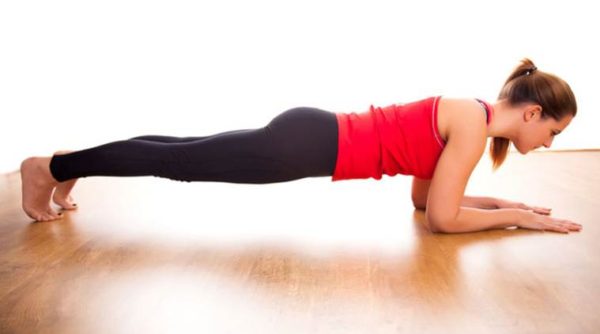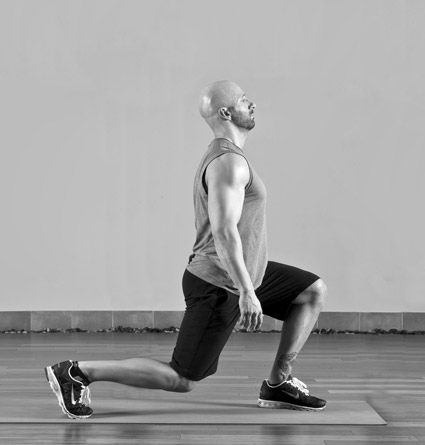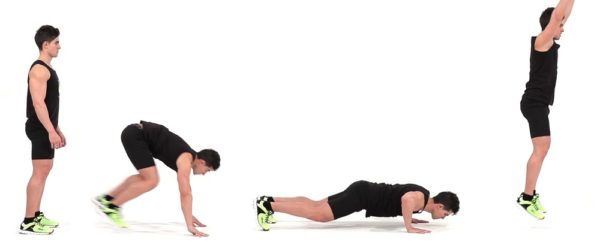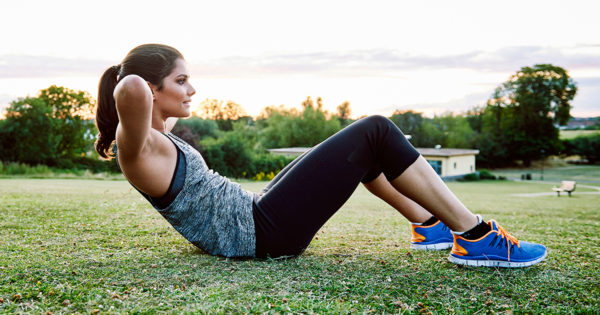Does cycling work your glutes? How do you use your glutes when cycling? What are some good glute exercises for cyclists? These are all questions we will address in today’s article which focuses on everything glutes and how we can put them to work for you, on and off the bike.
Introduction
Your butt. Your bum. Your glutes. We are, with all these terms, describing more or less the same group of muscles that surround the posterior and lateral aspects of the hip. They are the inspiration of gym goers and fitness enthusiasts worldwide. They extend the hips, keep us balanced and make us attractive. An enigmatic area to say the least.
Glutes and cycling have a love/hate relationship. We ask them to initiate movement on this vehicle we’ve invented, and they try desperately to help us through unspeakable numbers of repetitions. All this while sitting on said vehicle; sitting being a known contributor to a modern condition sometimes called “glute amnesia” (a term first coined by Dr. Stuart McGill).
Glute amnesia, where the glutes are inactive and become consequently weak, occurs for a number of reasons, three of which are relevant to cycling:
- Pain and tightness in the front of the hip, which is common for the avid cyclist.
- Pressure is put on the glutes while riding the saddle, which inhibits their neuromuscular response (the same way that a massage relaxes muscle tissue).
- Lack of explosive/intense movement, which is what the largest glute muscle (gluteus maximus) is most responsive to.
Source: Antonio Diaz – Adobe Stock
For these reasons and more, we have to pay special attention to this area. Not just for cycling performance, but overall health and balance. Let us start with a brief introduction to the muscles we’re talking about.
Glute Muscles & Cycling
Gluteus Maximus
Source: SciePro – Adobe Stock
The gluteus maximus is the largest and most powerful muscle in the body. It is very misunderstood, particularly when it comes to cycling and glutes. It’s a major hip extensor and stabilizer of the pelvis. It tends to have a significant percentage of fast twitch muscle fibers, which are responsible for quick, explosive movements like sprinting and jumping.
Where we get into trouble as cyclists is the long, low intensity and high repetition nature of the sport. Our hips don’t fully flex or extend while pedaling, which makes it hard for us to recruit our gluteus maximus at all. In fact, electromyography studies show very little activation of this muscle while cycling.
Source: Electromyographic Analysis of the Lower Extremity during Pedaling
In the above graph, you see far more activation of a muscle called the biceps femoris (your outer hamstring). That’s because in low intensity activities (where the load is minimal, i.e. cycling), the body will recruit secondary hip extensors (hamstrings) as opposed to primary hip extensors (glutes) to save energy.
This same phenomenon, known as synergistic dominance, is what makes our elderly population so vulnerable to falling injuries. Falls are one of the leading causes of injury and even death in seniors, and lack of gluteal strength is a significant component of that.
Gluteus Medius
Source: SciePro – Adobe Stock
Gluteus medius is our primary hip abductor, which means it is responsible for moving the leg away from the midline. It is also extremely important for the side to side stability of our pelvis (frontal plane). Any exercise or activity performed on one leg places significant demands on the gluteus medius; walking, running and any single leg weight bearing exercise.
When we put our weight onto one leg, the gluteus medius contracts on the standing leg to neutralize the height of our pelvis on that side. This lifts the opposite side of the pelvis where our leg is off the ground, which allows our foot/leg to swing through without hitting the floor.
Failure to do this is called a positive Trendelenburg Sign in physiotherapy.
Source: Kyungmin – Adobe Stock
There is some activation of the gluteus medius while cycling, particularly when riding out of the saddle. The lack of hip abduction however suggests we need additional exercises to keep it strong and healthy.
Gluteus Minimus
Source: SciePro – Adobe Stock
Gluteus minimus is the smallest of these three gluteal muscles, and has a similar function to the gluteus medius. Hip abduction and unilateral stability of the pelvis.
Interestingly, marked weakness occurs in the gluteus minimus/medius around the time of puberty in females1. This creates a “wagging” motion in the hips, the same motion purposely used by experienced runway models. It has been theorized that this rocking of the pelvis is attractive to males because it’s a biological signifier of potential gene reproduction.
Good for the propagation of human beings (hooray), not so good for the health of your hips. Display of this hip tilting in adulthood is known as a Trendelenburg Gait, usually meaning weakness or inhibition of the gluteus medius/minimus. Or a great runway strut.
Source: Dmytro Flisak – Adobe Stock
Why Are We Obsessed With Glutes?
Have you ever wondered why we are so drawn to these muscles? After all, despite their allure, they also house our inner pathways for…evacuation. Interesting contrast. Well despite all this there are actually biological reasons for our infatuation that reach far into the archaic roots of human evolution.
Well developed glutes mean power. They align our pelvis and help us stand up tall. For men, adequate glute muscle mass (and a certain degree of lumbar curve) on a female means she can effectively carry and bear a child. For women, a man’s backside indicates strength and the ability to lift heavy objects, making him more useful for fighting and protection.
Our cultural obsessions can always be traced far into the past.
Does Biking Build Glutes?
Unfortunately, cycling is not going to play a big part in developing a big booty. The lack of heavy load and explosive movement makes recruitment of your gluteus maximus, for example, almost non-existent.
However, the glutes do work while riding and you may notice some slight toning around your hips, especially with the integration of hill climbs and/or interval workouts. It doesn’t mean they’re not important, it just means we have to account for this lack of stimulation in our strength and conditioning routines.
What follows are some great glute exercises for cyclists that can be performed anywhere with little or no equipment. Click on the accompanied links to watch Alisha, our Dynamic Cyclist coach, teach and demonstrate each exercise in detail!
Glute Exercises For Cyclists
Lateral Leg Lifts
Click here to try this exercise with Alisha!
Benefits
We don’t really get any hip abduction or single leg stability work while on the bike. This exercise tackles both and with zero equipment. All three of the aforementioned glute muscles are being worked, with specific emphasis on the gluteus medius and gluteus minimus.
Single Leg Deadlift w/Mini Band
Click here to try this exercise with Alisha!
Benefits
This exercise works hip extension both on the standing and non-standing leg. Alisha is using a mini band for resistance, but you could also hold any type of weight in your hand to increase the exercise’s difficulty. This resistance forces your muscles to work hard and pass the threshold of activation in a big muscle like the gluteus maximus.
Clamshell Hip Lift
Click here to try this exercise with Alisha!
Benefits
This is a truly well designed and valuable glute exercise for cyclists. Not only are both sides of the hips working hard to press and open up, you’re also integrating core musculature in the sides and lower back through the obliques, erector spinae and multifidus. Having the core and hips work together is crucial for force absorption and production while cycling.
Glute Pain & Cycling
If you experience glute pain when cycling, a number of factors could be contributing. You might have tightness on the opposing side of the hip, your glute muscles might be weak or not firing properly, or perhaps the problem resides farther up the chain somewhere inside your abdomen. Whatever the problem might be, Dynamic Cyclist can help.
The above exercises are just a snippet from one of our glute focused strength training routines. We have built a comprehensive library and systematic training program to help make you a better, healthier and stronger cyclist.
Mobility, strength training and injury prevention all under one umbrella. High quality videos led by world class instructors and an interactive athlete interface make training fun and easy to follow. We hope you consider joining our community and being a part of the mission to RIDE PAIN FREE!
